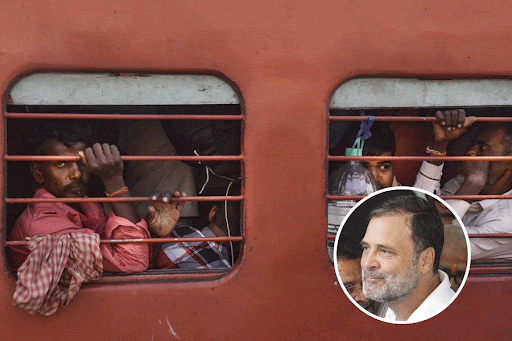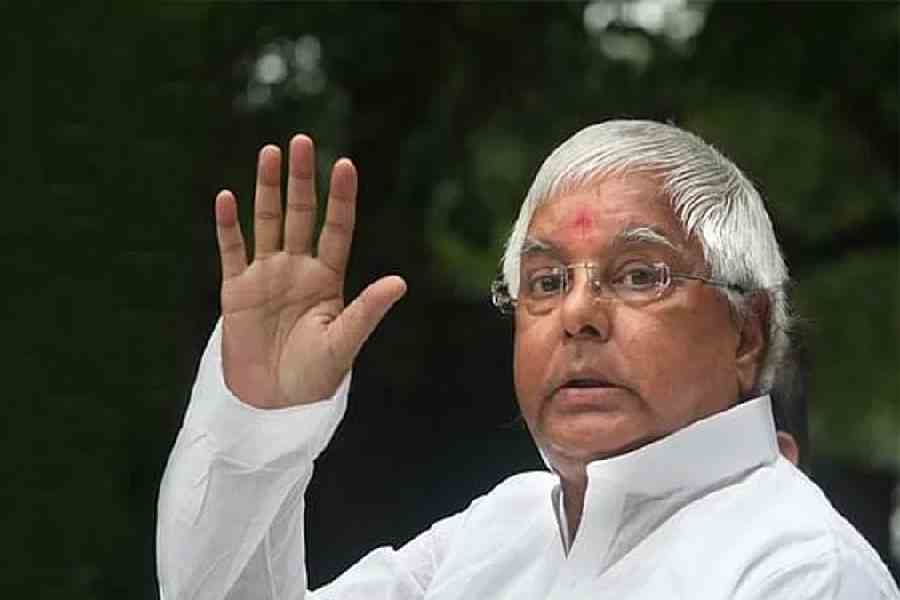The Union health ministry on Saturday flagged concerns about daily rising Covid-19 infections and growing epidemics in 10 states and asked 46 districts across India to consider imposing strict curbs on people’s movements.
The 10 states — Kerala, Maharashtra, Karnataka, Tamil Nadu, Odisha, Assam, Mizoram, Meghalaya, Andhra Pradesh and Manipur — are reporting either a rise in daily new infections or increases in test positivity rates, implying growing epidemics.
Health secretary Rajesh Bhushan chaired a meeting with officials from the 10 states, urging them to intensify surveillance, contact tracing and containment, especially in areas with clusters of cases, and to augment health infrastructure, including on-site oxygen plants in private hospitals.
During the meeting, the officials also conducted a “granular analysis” of “districts of concern” in the 10 states, taking into account their inventories of healthcare infrastructure such as oxygen-supported beds, ventilators, oxygen concentrators and on-site oxygen plants, the ministry said.
The ministry said districts with 10 per cent or higher positivity rates — the fraction of people diagnosed with Covid-19 among those tested — should consider restrictions to curb movements of people and formation of crowds.
Over the past week, 46 districts — 11 in Kerala, eight in Manipur, six in Mizoram, six in Nagaland, five in Meghalaya, four in Arunachal Pradesh, two in Assam and one each in Andhra Pradesh, Puducherry, Rajasthan and Sikkim — have reported test positivity rates higher than 10 per cent.
India’s daily new infections fell sharply from over 414,000 on May 6, the date that marked the peak of the second wave, to around 48,000 cases on June 30. But since then the counts have remained steady at about 40,000 daily new infections, or four-fold higher than 10,000 daily cases in early February.
Balram Bhargava, the director-general of the Indian Council of Medical Research, the country’s apex health research agency, who participated in the meeting, warned against any complacency, pointing to the 40,000 daily new infections.
The ICMR had earlier this year released guidelines that require districts to constantly monitor their test positivity rates, daily new infection counts and hospital bed occupancy rates to introduce restrictions, including lockdowns if those parameters rise too high.
Health experts suspect the steady emergence of around 40,000 new cases daily over the past month is the result of the virus getting opportunities to infect susceptible people.
A survey by the ICMR released earlier this month had found that at least 400 million people across India remained susceptible to the infection. Public health experts say it is unclear whether the current near-steady counts of daily cases might surge in the future or how high they might rise.
Some epidemiologists have predicted that a nationwide third wave is unlikely because over 67 per cent of the country’s population is protected through either prior natural infections or vaccinations.
Such a large proportion of possibly protected people would imply India is approaching the so-called herd immunity threshold — the point at which so many people are protected that the virus finds it difficult to spread.
“But it is tricky — we can’t say this for certain,” a senior government epidemiologist told The Telegraph. “We have to take into account the possibility of waning immunity. We don’t know exactly how long immunity lasts after prior infections or vaccinations.”
Multiple studies have suggested that immune responses against Covid-19 can last months. A US study earlier this year had found that 95 per cent of those who had recovered from Covid-19 had at least three out of five immune system components that could potentially protect them from the virus eight months after the infection.











